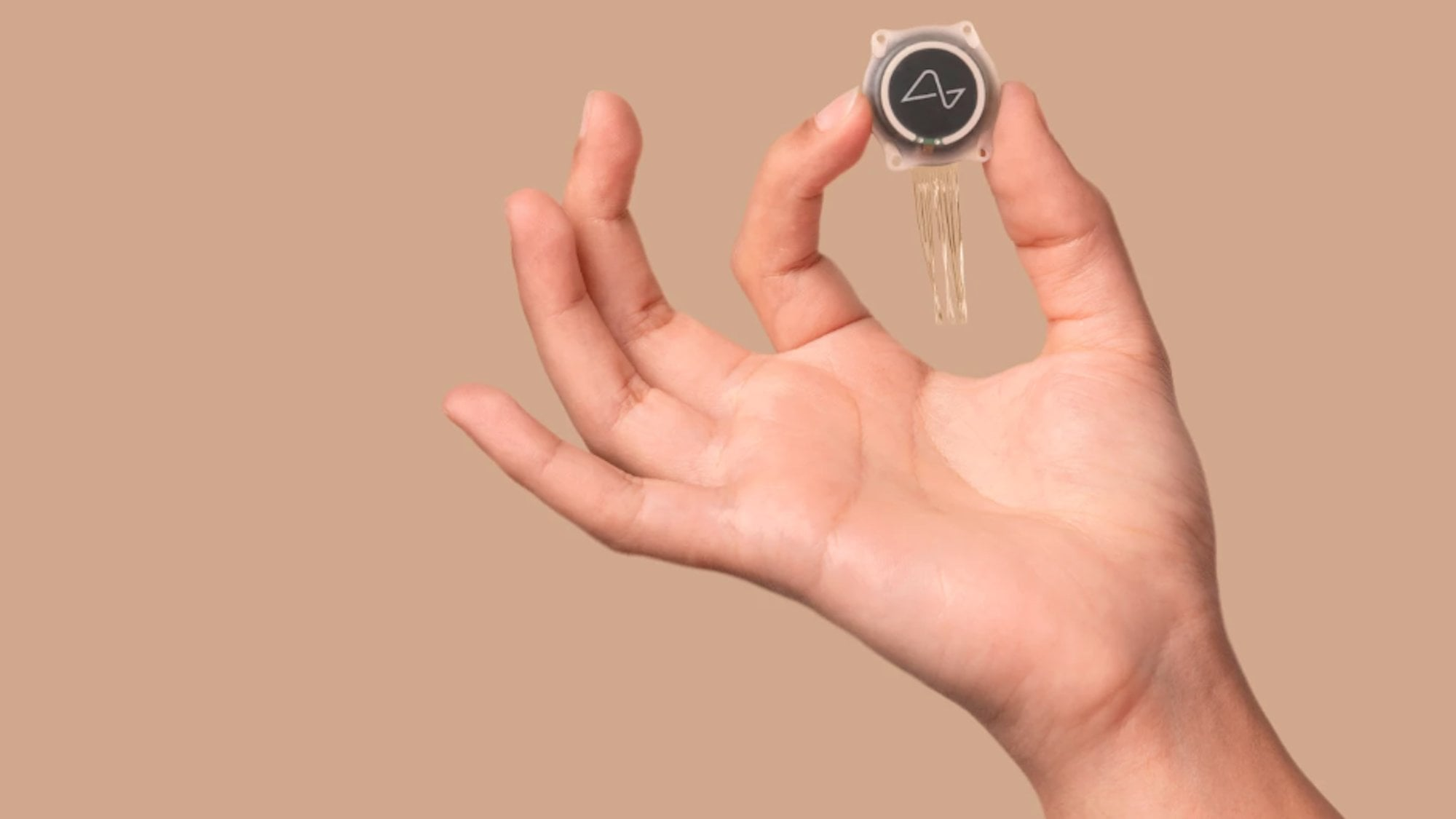A Science Fiction Dream Comes True
On January 28, 2024, Neuralink, the neurotechnology company founded by Elon Musk, marked a milestone by implanting its first brain-computer interface (BCI), called “Telepathy,” into a human. Musk shared the news on X, noting that the patient was making a successful recovery and that promising neural signals were being detected. The coin-sized device seeks to connect the human brain with digital systems, allowing users to operate technology—or even communicate—through their thoughts alone. Inspired by telepathic abilities from science fiction, Telepathy embodies Musk’s ambitious vision of treating neurological disorders, enhancing human capabilities, and one day achieving “consensual telepathy.” By April 2025, with three patients implanted and trials expanding globally, Neuralink raises profound questions about the future of technology and humanity.

The Vision: From Paralysis to an Expanded Future
Neuralink was born in 2016, driven by Musk’s concern about the gap between human and artificial intelligence (AI). His ultimate goal is a “symbiosis with AI,” where brain implants enhance our cognitive abilities and enable direct communication between minds. However, Telepathy begins with a more immediate purpose: restoring autonomy to people with severe paralysis. “Think of someone like Stephen Hawking communicating faster than a skilled typist,” Musk wrote in X in 2024, outlining his initial goal.
The device is designed for patients with quadriplegia, either from spinal cord injuries or amyotrophic lateral sclerosis (ALS). By interpreting signals from the motor cortex—the brain area that controls movement—Telepathy translates intentions into digital actions, such as moving a cursor or typing. But Musk looks beyond medicine. He envisions a “neural lace,” a digital layer over the brain that could allow healthy people to send thoughts to each other or merge with AI, an idea he has floated since 2017. This combination of pragmatism and boldness guides Neuralink’s dual mission: to alleviate current suffering and transform human potential.
Operation: A Technological Link with the Brain
Telepathy is a 23 mm diameter wireless BCI implant surgically placed under the skull. It contains a custom chip and 1,024 electrodes distributed across 64 flexible wires—thinner than a human hair—capable of recording and stimulating neurons. A surgical robot, the R1, inserts these wires into the cerebral cortex with millimeter precision, focusing on areas related to movement or the senses. Powered by a wireless rechargeable battery, the implant transmits neural data via Bluetooth to an external application that translates it into commands.
Early trials show concrete results. Noland Arbaugh, a 29-year-old paralyzed after a diving accident, used Telepathy in March 2024 to play chess on a computer using only his mind. By February 2025, Musk reported that Arbaugh was easily manipulating a cursor, while Neuralink refined the system for more complex commands. The implant captures “neural spikes”—electrical signals of intent—and converts them into digital actions. Unlike previous wired BCIs, its wireless design is a significant advance, although its bandwidth limits it to general signals, not specific neural details.
Musk’s “telepathy,” however, remains a distant goal. For now, the device focuses on controlling devices, not transmitting thoughts between people. Experts point out that deciphering complex thoughts requires understanding how the brain encodes abstract concepts, a challenge still unsolved. Still, with more than 4,900 hours of patient use by February 2025, Neuralink is moving toward broader applications.
Milestones and Obstacles: A Path with Ups and Downs
The development of Telepathy has been a roller coaster. After animal testing—pigs in 2020, monkeys playing Pong in 2021—the FDA rejected human trials in 2022 due to safety concerns: battery stability, risk of electrode dislodgement, and difficulty removing the implant. Approval came in May 2023, launching the PRIME (Precision Robotically Implanted Brain-Computer Interface) study. In September, enrollment opened for volunteers with quadriplegia, and Arbaugh received the first implant.
The successes have been notable. In August 2024, a second patient, “Alex,” implanted at the Barrow Neurological Institute, used Telepathy to design 3D models with CAD software, recapturing a passion lost after a car accident. A third implant in 2025 brought the trials to Canada. However, problems persist. Arbaugh experienced issues with retracting electrodes in 2024, which were resolved with software tweaks, while animal testing faced criticism after reports of monkey deaths from brain swelling and seizures, leading to lawsuits and a DOT fine in 2024 for improper handling of hazardous materials.
The regulatory and ethical barriers are significant. The PRIME trial, which continues until April 2025, must demonstrate long-term safety before Telepathy is commercially available. Criticism of Musk’s lack of transparency, with data published in X rather than scientific journals, fuels doubts about exaggerated claims.

Beyond Medicine: The Science Fiction Dream
The medical potential of telepathy is obvious: restoring independence to paralyzed people and, perhaps, treating Parkinson’s or epilepsy with precise stimulation. But Musk’s futuristic aspirations spark fascination. Trademark filings in March 2025 for “Telepathy” and “Telekinesis” suggest broader goals, such as controlling robots with the mind or direct communication between people. A Neuralink blog post in February 2025 celebrated “670 Days of Telepathy,” highlighting cases like Alex’s, though true telepathy—the sharing of thoughts—remains speculative.
Experts urge caution. One neuroscientist noted in 2024 that “we don’t know where thoughts are stored,” highlighting the gap between interpreting intentions and abstract concepts. Privacy fears also arise: an internet connected to the brain could expose thoughts to hackers or surveillance. Musk insists that Telepathy will be voluntary, but equitable access and long-term effects remain unknown.
The Future: Reality or Hype?
As of April 2025, Telepathy is in its initial phase, with a Global Patient Registry open to candidates with quadriplegia. More than 1 million preorders since 2019 are expected, but widespread use is years away—FDA approval for non-medical purposes could take a decade. Competitors like Synchron, with less invasive implants, and Precision Neuroscience, with surface-mounted BCIs, are rivaling Neuralink, though neither can match Musk’s promotional charisma.
Will Telepathy fulfill the promise of “consensual telepathy”? Not yet. Its current achievement is empowering people with disabilities, a solid start to Musk’s larger dreams. Its success will depend on perfecting the hardware, deciphering the mysteries of the brain, and navigating ethical dilemmas. For now, it is a bridge between mind and machine with the potential to redefine humanity.
Conclusion
Neuralink’s Telepathy chip is a paradox: a practical medical tool with a science-fiction spirit. From Noland Arbaugh’s chess moves to Musk’s visions of a merger with AI, it combines immediate impact with distant promises. As trials progress, Telepathy invites us to balance innovation and caution, dreaming big but keeping our feet on the ground. Whether it becomes a telepathic revolution or a specialized therapy, it’s clear that the line between the human and the machine is blurring.



